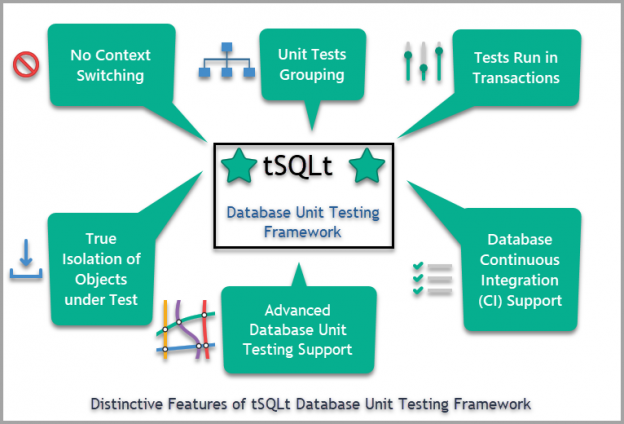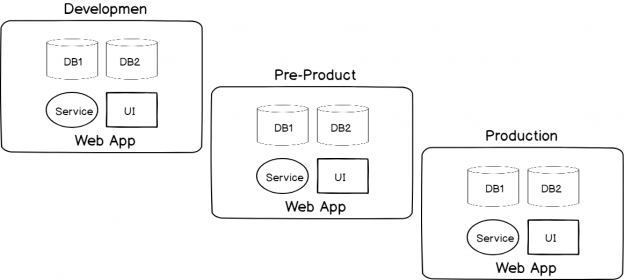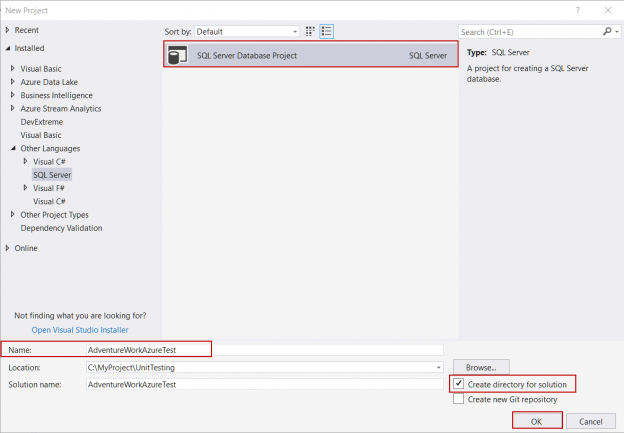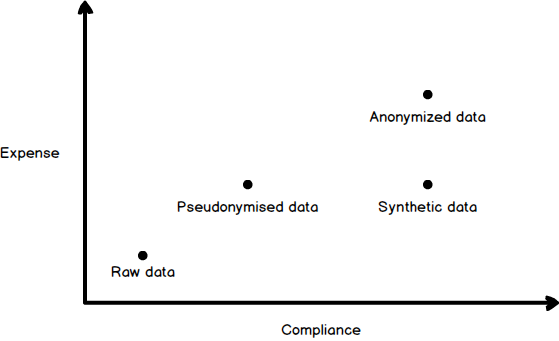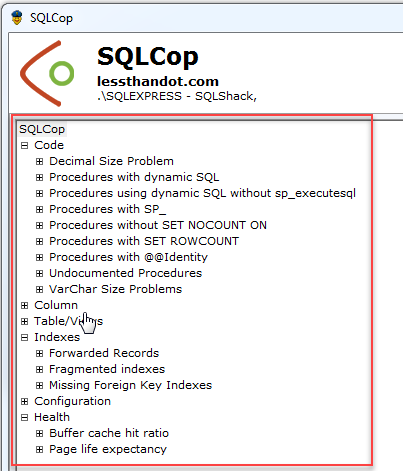To SQL Server DBAs who are the shepherds of data in organizations, key GDPR questions, in general, center around whether data will need to be treated differently, safeguarded more etc. and specifically, as it relates to allowing production data to be used in testing.
That will be the focus of this article as we’ll work our way through the details of this regulation as well as various authoritative articles on the subject, to address this key question. Then we’ll look to ways and means to potentially ameliorate our findings to provide alternatives and workarounds if possible.
Read more »

